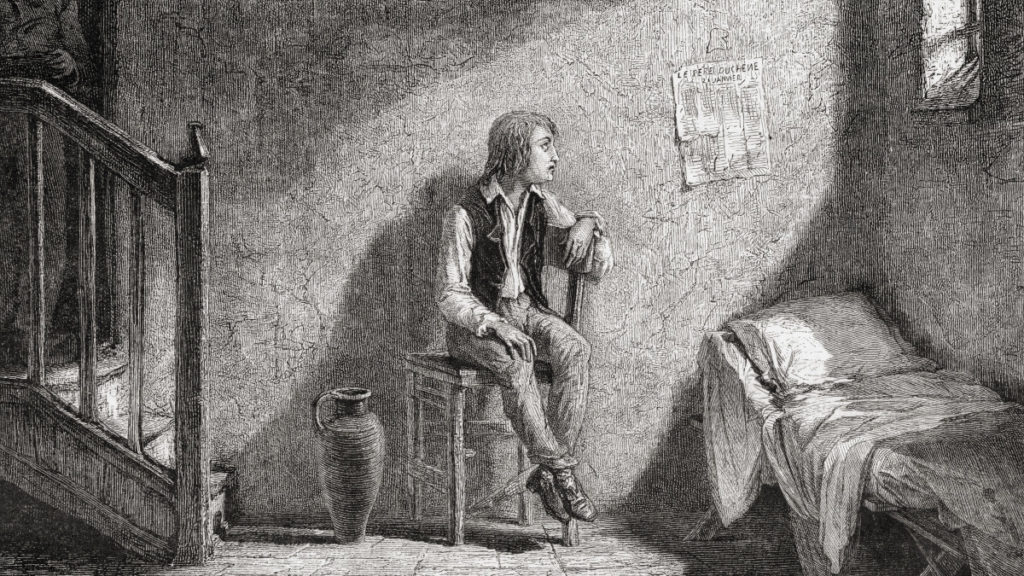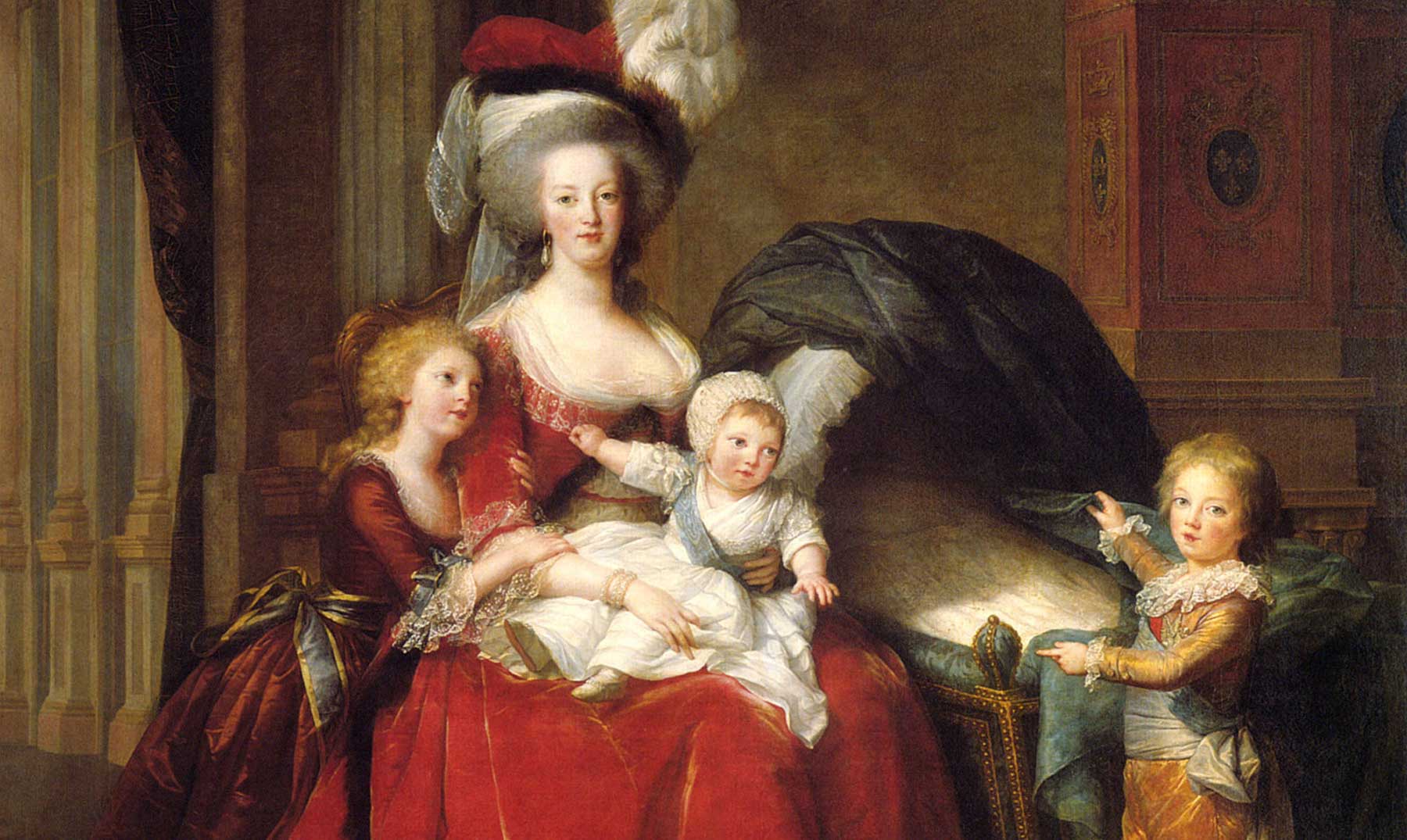The handsome and jolly Louis-Charles de France grew up in Versailles’ opulent rooms while his father, King Louis XVI, and mother, Queen Marie Antoinette, ruled the country. When he turned four, he became the next in line to the French throne after his older brother Louis Joseph’s death due to tuberculosis. Since that day, the entire palace staff has served the young prince and gave all his desires.
But the bloody French Revolution ended his family’s reign. The naturally carefree child – who became an orphan after his parents’ execution in 1793 – was abused horribly and neglected in an isolated prison cell located at the Paris Temple. He was berated as the “son of a tyrant,” a “wolf cub,” and a “bastard.” In 1795, the former young prince was renamed as Louis-Charles Capet and became unrecognizable by the public when he appeared covered in sores and his belly protruding due to malnourishment.
The jailers called for a doctor to check on the former heir apparent’s health condition, but Doctor Philippe-Jean Pellatan’s arrival was too late. Louis-Charles eventually died on June 8, 1795, at the age of 10 due to tuberculosis.
The revolutionary government immediately acted to address the child’s death. Dr. Pelattan conducted a detailed autopsy on the boy’s body. He discovered that the child was abused in prison. After the autopsy, he was buried secretly at a mass grave near the Saint-Marguerite Cemetery.
However, Dr. Pellatan secretly hid the boy’s heart in a handkerchief in hopes of returning it to the exiled surviving family member, Marie-Therese.

Years after the secret burial, numerous men came forward claiming to be the young Dauphin. These imposters and the mystery surrounding the prince’s real state pestered Marie-Therese from the moment she got out of prison in December 1795 until her death 50 years after.
More than a hundred people were claiming to be the real Dauphin. The most famous of them was Charles-Guillaume Naundroff. There were plenty of reasons why people would claim to be the dead prince. These people believe that the Bourbon family’s power may still reemerge in the future, and the successful claimant may find himself sitting on the French throne. The promises of getting the riches of the fallen French royal family attracted many imposters to come forward.
Because no one saw the prince during his last days because the jailers who handled him refused to speak, the imposters had an easier time staking their claims. Only the doctor and some of his friends knew about the preserved heart locked away in his desk drawer.
According to a report from Australian diplomat Baron von Thugut, no one had valid proof that Louis XVI’s son was dead except Moniteur’s announcement.
After the fall of Napoleon in 1814, history restored the Bourbon’s rule in France. More young men claimed that they were the Dauphin when Louis XVIII assumed the coveted throne. In the mid-1820s, dozens of claimants emerged, making the doctors at asylums and the royal bodyguards’ experts in rebuffing these imposters. Even those in other countries like England, Columbia, Denmark, and the US joined the fad.
But over the century, the heart of the real Louis-Charles endured plenty of hardships and resurrections until geneticists proved its authenticity in 2000. At the moment, the relic is encrypted and honored in St-Denis.


















